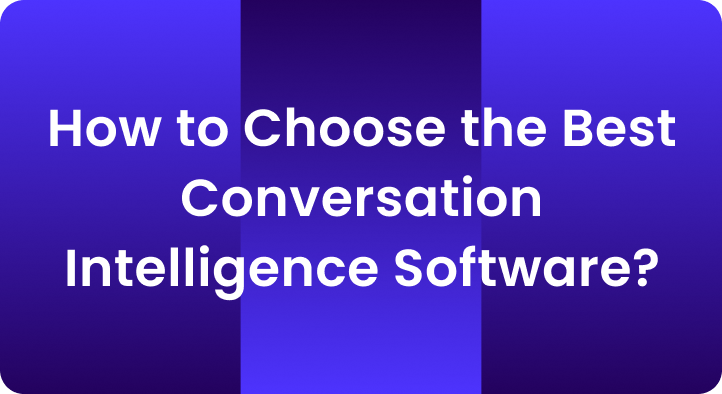In today’s world, where data breaches and privacy issues are constantly making headlines, keeping sensitive information safe has never been more crucial.
This is especially true for contact centers, which handle tons of personal data every day.
According to a recent IBM report, the average cost of a data breach in 2023 hit a staggering $4.45 million, with customer PII (Personally Identifiable Information) being the most commonly targeted.
This startling figure really highlights the importance of having strong measures in place to protect personal data.
One key strategy is PII redaction.
Upload Call & Get Insights
 DOWNLOAD DUMMY FILE
DOWNLOAD DUMMY FILE So, what exactly is PII redaction? It’s all about hiding or removing personal details from call recordings and documents to keep them secure.
By doing this, contact centers can lower the chances of data breaches and stay on the right side of important regulations like the GDPR and CCPA.
PII redaction offers a range of benefits.
It builds trust with customers by showing that their data is being handled with care, helps prevent financial and reputational fallout from potential breaches, and ensures that you comply with legal standards.
In this blog, we’ll explore PII redaction, examine the different methods and tools available, and compare automated options to manual ones.
A. What is PII redaction?
Personally Identifiable Information (PII) redaction refers to the process of concealing or removing sensitive information from documents, audio/call recordings, or other data formats to protect an individual’s privacy.
In contact centers, PII redaction is essential for safeguarding customer data during interactions, ensuring compliance with data protection regulations, and maintaining trust.
Every time a customer calls, they might share personal details to get help with their issues.
Imagine if these conversations, which often get recorded for quality and training purposes, fall into the wrong hands.
This could lead to serious privacy breaches and identity theft.
That’s where PII redaction comes in.
In general, PII redaction can be used to hide the following information
- Secure information: Social security numbers, credit card numbers, expiration dates, and CVV codes.
- Personal information: Dates of birth, ages, religions, and political affiliations.
- Medical information: Conditions, diagnoses, medications, treatments, procedures, and tests.
- All numeric values: Any sequence of numbers with two or more digits.
To keep this sensitive information safe, call centers use techniques like blurring, pixelating, or placing a black box over the data.
This ensures that even if someone accesses the recordings, the critical personal details remain hidden.
For example, a customer mentions their credit card number during a call. With PII redaction, that number would be obscured in the recording so that it can’t be seen or heard by anyone who shouldn’t have access to it.

This process is crucial because it helps protect customers’ privacy and builds trust.
When customers know their personal information is secure, they’re more likely to feel comfortable and confident in their interactions with your call center.
Moreover, it helps call centers comply with various data protection laws and regulations, avoiding hefty fines and potential legal issues.
B. Types of PII redaction
PII can be classified into two main categories for redaction: direct and indirect.
1. Direct PII redaction
Direct PII includes explicit identifiers such as names, passport numbers, driving license numbers, social security numbers, email addresses, and phone numbers.
This type of information directly identifies an individual and must be redacted to prevent unauthorized access and potential misuse.
2. Indirect PII redaction
Indirect PII involves data that can identify an individual when combined with other information.
Examples include race, place of birth, birthdate, zip code, and gender.
Redacting indirect PII is equally important as it can be pieced together to reveal personal identities.
C. PII Redaction Techniques
Protecting Personally Identifiable Information (PII) in call centers is crucial to safeguard customer data and comply with regulations.
Here are some effective PII redaction techniques you can implement:
1. Manual Redaction methods
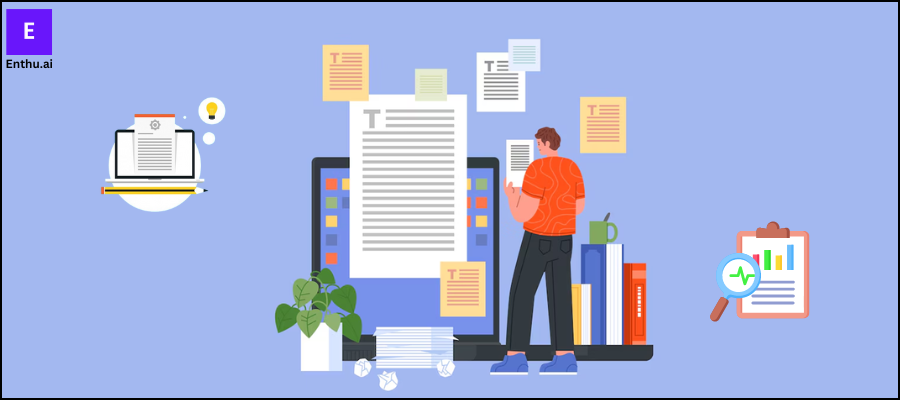
Manual redaction involves human reviewers meticulously examining documents, call recordings, or transcripts to identify and conceal PII.
This traditional method requires individuals to scrutinize data and manually apply redaction techniques.
Pros:
- High accuracy: Skilled reviewers can accurately identify and redact sensitive information, ensuring precision.
- Context awareness: Human reviewers can understand context and nuances that automated tools might miss, improving redaction quality.
Cons:
- Time-consuming: The process is slow, especially with large volumes of data, leading to increased labor costs and longer turnaround times.
- Prone to human error: Despite careful efforts, manual processes are susceptible to mistakes, which could result in accidental data exposure.
Ideal for small-scale operations or cases where context-specific accuracy is paramount. Less suitable for large-scale or high-volume environments.
2. Automated redaction methods
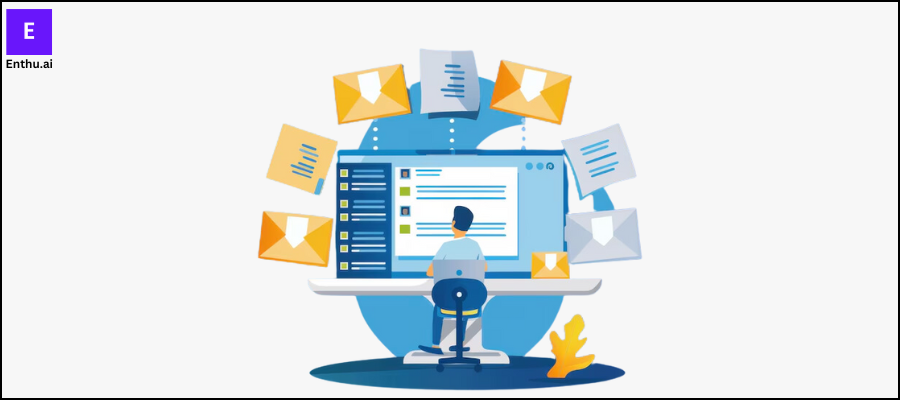
Automated redaction tools use advanced algorithms, machine learning, and natural language processing (NLP) to identify and redact PII.
These tools are designed to handle large volumes of data efficiently and consistently.
Pros:
- Speed: Processes large volumes of data quickly, significantly reducing turnaround time.
- Consistency: Applies redaction rules uniformly, reducing variability and potential human errors.
- Scalability: Easily scales to handle increasing data volumes without compromising performance.
Cons:
- Algorithm limitations: Accuracy depends on the quality of the algorithms and training data; may miss nuanced or less obvious PII.
- Initial setup costs: Implementing advanced tools can require significant investment and setup time.
Best for high-volume call centers or operations requiring efficiency and scalability.
3. Data masking
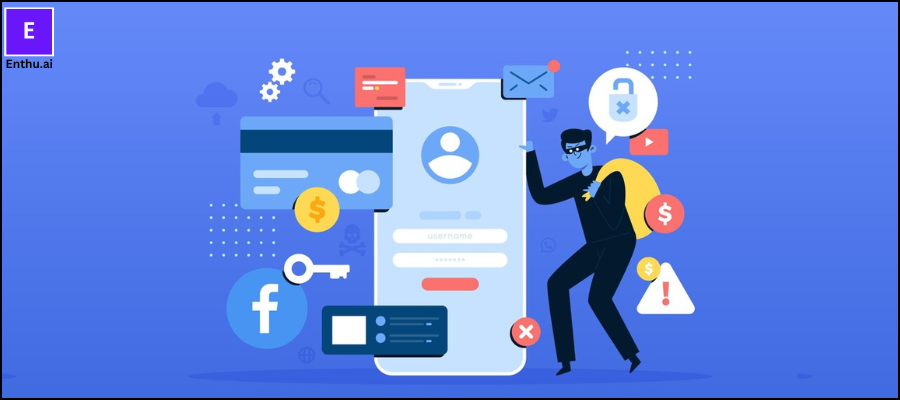
Data masking involves replacing sensitive information with fictional or scrambled data that retains the format and structure of the original information.
This technique is often used to protect data while allowing for testing and analysis.
Pros:
- Data format preservation: Retains the format of the original data, which can be useful for systems and applications that need to process data in specific formats.
- Testing and development: Enables developers and testers to work with realistic data without exposing actual sensitive information.
Cons:
- Not fully anonymized: Masked data can still be reverse-engineered or linked back to individuals if not properly managed.
Useful for non-production environments, such as software testing and development.
4. Data Anonymization
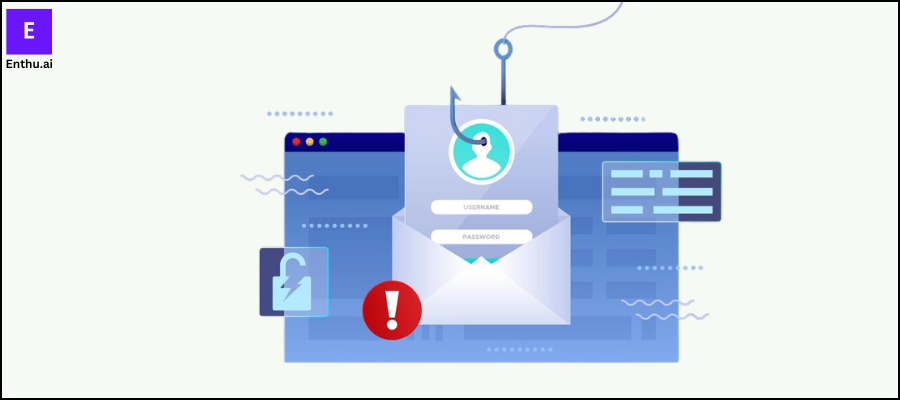
Anonymization involves removing or altering data elements to ensure that individuals cannot be identified, even if the data is combined with other datasets. This technique focuses on complete privacy.
Pros:
- Complete anonymity: Provides a higher level of privacy by ensuring that the data cannot be traced back to individuals.
- Regulatory compliance: Often meets stringent data protection requirements by fully anonymizing sensitive information.
Cons:
- Loss of data utility: Anonymized data may lose some of its usefulness for detailed analysis or reporting, as specific details are removed.
- Irreversibility: Once data is anonymized, it cannot be reversed or restored to its original state.
Ideal for scenarios where complete privacy is required, and detailed analysis is not needed.
# Comparison of redaction methods
Method | Pros | Cons | Suitability |
Manual Redaction | High accuracy, context-aware | Time-consuming, prone to human error | Small-scale operations, context-specific |
Automated Redaction | Fast, consistent, scalable, relies on advanced technologies | Algorithm limitations, initial setup costs | High-volume environments, efficiency-focused |
Data Masking | Preserves data format, useful for testing and development | Not fully anonymized, can be reverse-engineered | Non-production environments |
| Data Anonymization | Provides complete anonymity, meets stringent privacy requirements | Loss of data utility, irreversible | Complete privacy needed, less detailed analysis |
D. Why you should Leverage automated PII redaction tools in call centers
If you run a call center or customer service business, you know how crucial it is to handle personal information responsibly.
Automated PII (Personally Identifiable Information) redaction tools can make this task much easier and more effective.
Here’s why you should consider using them:
- Protect customer privacy: Automated tools scan and remove sensitive information from call recordings or transcripts. This means your customers’ personal details are less likely to be exposed or misused.
- Save time: Manually redacting PII is time-consuming and prone to errors. Automated tools handle this task quickly and accurately, freeing up your team to focus on other important tasks.
- Ensure compliance: Regulations like GDPR and CCPA require strict handling of personal data. Automated redaction tools help you stay compliant by consistently removing sensitive information and reducing the risk of legal issues.
- Use advanced technologies: These tools use advanced technologies like Natural Language Processing (NLP) and Machine Learning to identify and protect PII. They understand the context and nuances of the data, making them more effective at catching sensitive information that simple, manual methods might miss.
- Reduce human error: Even the most careful employees can miss sensitive details. Automated tools are programmed to detect and redact PII reliably, minimizing the chance of mistakes.
- Improve efficiency: Automating the redaction process streamlines your workflow and speeds up your operations. This can lead to faster processing times and better overall performance in your call center.
E. Best PII call redaction software tool: Enthu.AI
Want a cutting-edge PII call redaction software tool for your call center?
Enthu.AI is the right choice for you.
It’s an AI-powered call center software that allows autonomous and manual redaction to ensure that no personally identifiable information is left behind.
Our software combines the efficiency of automated redaction with the precision of manual oversight, ensuring comprehensive protection of sensitive information.
Enthu.AI uses advanced speech analytics and conversation intelligence to identify and redact PII from call recordings.
It’s one of the best PII redaction software for various reasons:
- Comprehensive Coverage: Enthu.AI can automatically detect and redact a wide range of sensitive information, including email addresses, phone numbers, social security numbers, and credit card details. It covers more than 16 PII parameters, ensuring thorough protection of personal data.
- Easy Redaction: The software seamlessly replaces redacted information with symbols or field names in transcripts. For example, a phone number like 111-2222 is transformed into ###-#### or [phone_number]. This approach keeps your data protected without disrupting the flow of information.
- Audio Masking: Enthu.AI doesn’t just handle text—it also masks sensitive information in audio recordings with a beep sound. This ensures that personal details are not disclosed in any part of the call.
- Flexibility: You have control over the redaction settings. You can easily enable or disable redaction options from your Profile settings page, making it adaptable to your specific needs.
- Efficiency and Accuracy: With automated redaction, Enthu.AI speeds up the process and reduces human error. It’s perfect for high-volume operations, ensuring consistent and reliable protection of PII across all your call data.
Conclusion
Personal data breaches and privacy concerns are ever-present in today’s digital landscape.
Therefore, protecting Personally Identifiable Information (PII) in contact centers is not just a regulatory requirement but a crucial aspect of maintaining customer trust.
Implementing effective PII redaction techniques and tools helps ensure that sensitive information remains secure, minimizing the risk of data misuse and complying with laws such as GDPR and CCPA.
Leveraging advanced PII redaction tools like Enthu.AI helps protect your customers’ privacy, streamline your workflow, enhance data security, and support compliance with data protection regulations.
As the demand for robust data privacy solutions grows, investing in reliable redaction technology will be a key step in securing your contact center’s operations and maintaining customers’ trust.
FAQs
1. How to redact PII?
To redact PII, identify and obscure or remove sensitive information from documents or recordings. This can be done manually by reviewing and censoring data or automatically using redaction tools that detect and mask PII based on predefined parameters.
2. What is call redaction?
Call redaction is hiding or removing sensitive information from call recordings and transcripts to protect customer privacy. It ensures that personal details like phone numbers and credit card information are not exposed.
3. What is the AI text redaction tool?
An AI text redaction tool uses artificial intelligence to detect and redact sensitive information from text automatically. It helps ensure that personal data is hidden or removed from documents and transcripts accurately and efficiently.
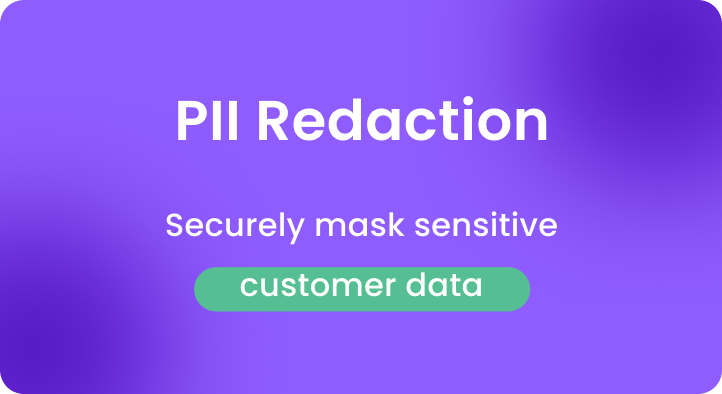
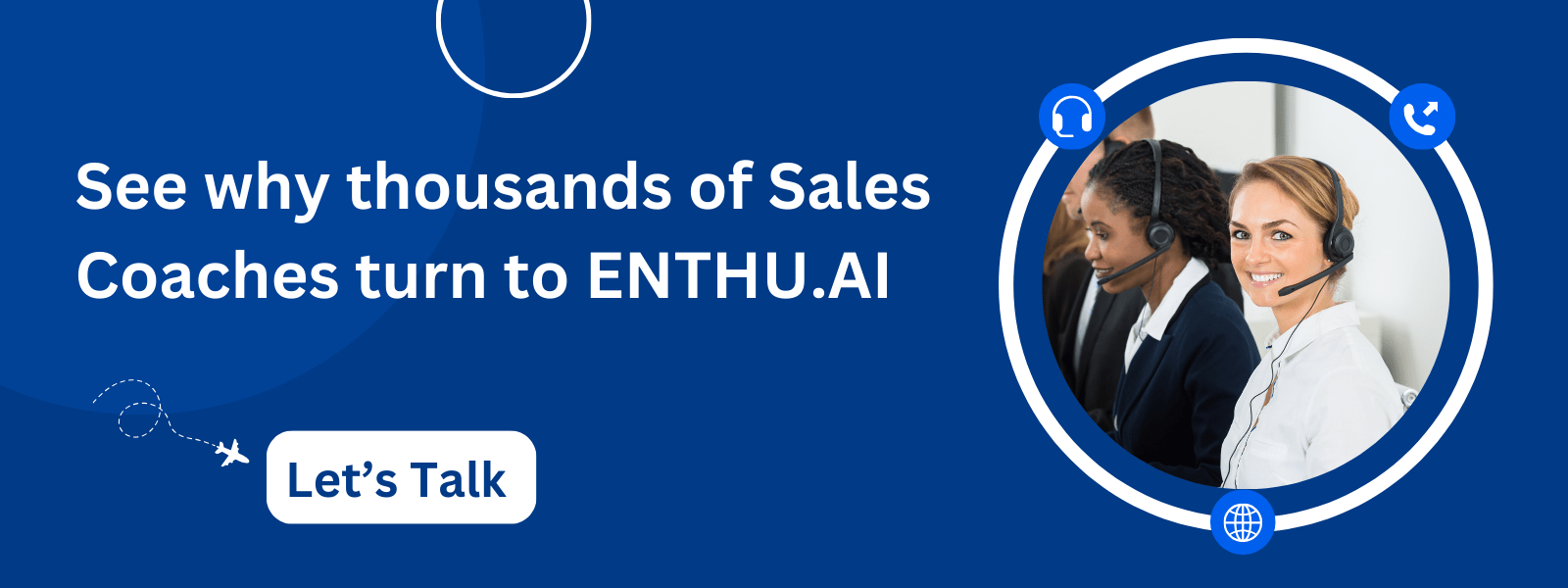

 On this page
On this page

